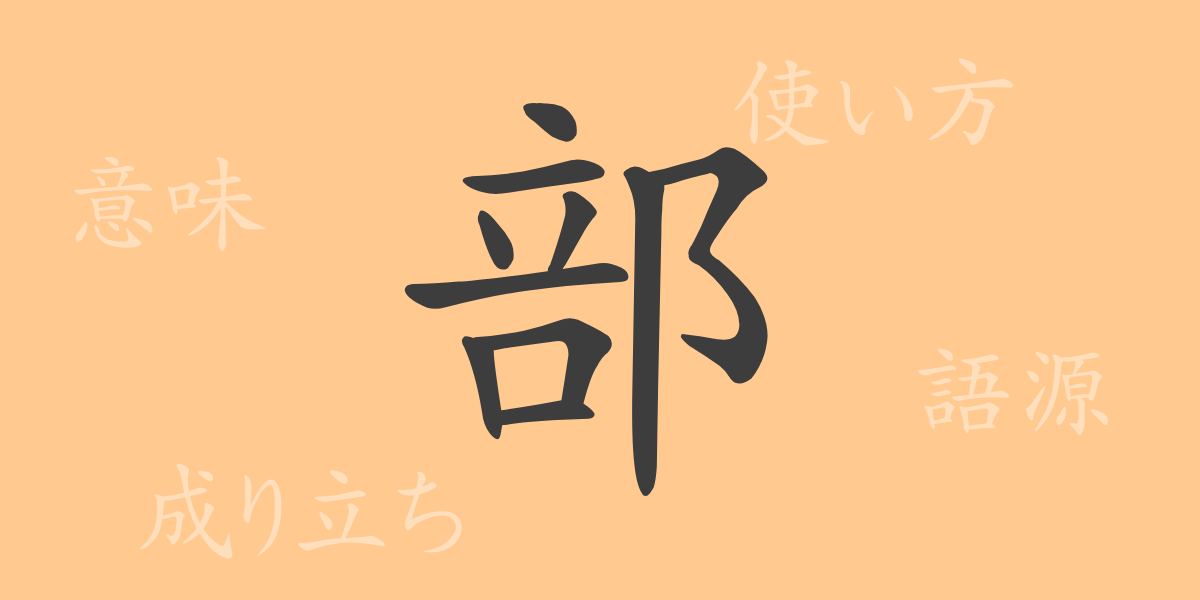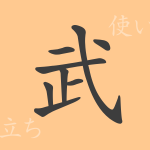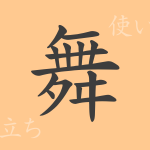The beauty and complexity of the Japanese language are reflected in its characters. Kanji(かんじ) is known for its rich shapes and meanings, and the commonly used kanji “部” (ぶ, bu) is no exception. In this article, we will explore the history, meaning, and usage of “部” (ぶ, bu), and how this fascinating kanji has become an integral part of the Japanese language.
Origins of “部” (ぶ, bu)
The origin of the kanji “部” (ぶ, bu) dates back to ancient China. Originally derived from a pictogram representing a flag, it came to mean a military unit or squad. Over time, its usage expanded, and it became a general term for classification or division.
Meaning and Usage of “部” (ぶ, bu)
In modern Japanese, “部” (ぶ, bu) is used to refer to organizations, groups, parts, and sections. It is also used in words like “部屋” (へや, heya) meaning “room” and “部品” (ぶひん, buhin) meaning “component,” indicating physical spaces or parts of objects. This versatility highlights the flexibility of “部” (ぶ, bu).
Readings, Stroke Count, and Radical of “部” (ぶ, bu)
“部” (ぶ, bu) is one of the most frequently used kanji in Japanese.
- Readings: On’yomi(おんよみ) as “ブ” (ぶ, bu), no Kun’yomi(くんよみ)
- Stroke count: 11 strokes
- Radical: 部 (ぶへん, buhen)
Idioms, Phrases, and Proverbs Using “部” (ぶ, bu)
There are many idioms and phrases that include “部” (ぶ, bu), each with its own unique meaning. For example, “一部始終” (いちぶしじゅう, ichibu shijuu) means “the whole story” and “部内限り” (ぶないかぎり, bunaikagiri) means “for internal use only.” These expressions enrich the nuances of the Japanese language.
Conclusion About “部” (ぶ, bu)
The kanji “部” (ぶ, bu), from its formation to the present day, has been an element that broadens the scope of expression in Japanese. Widely used to mean organizations, groups, and parts, this kanji is indispensable in Japanese communication. We hope this article has helped you understand the deep history and usage of “部” (ぶ, bu).

























